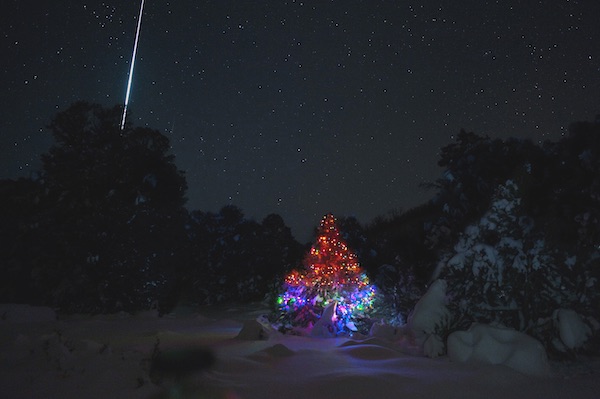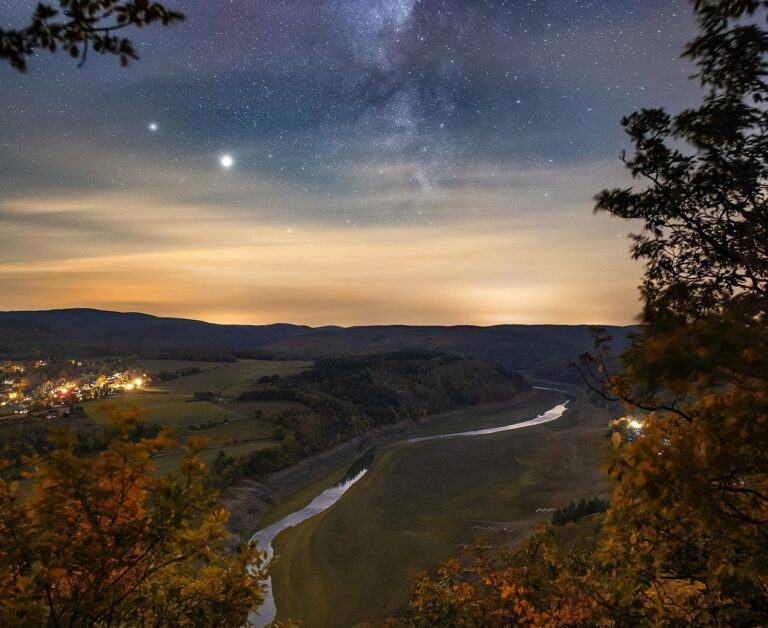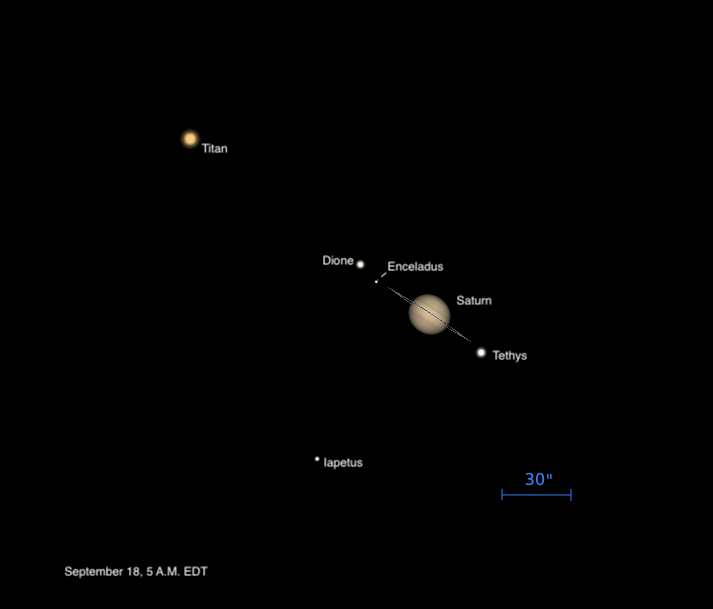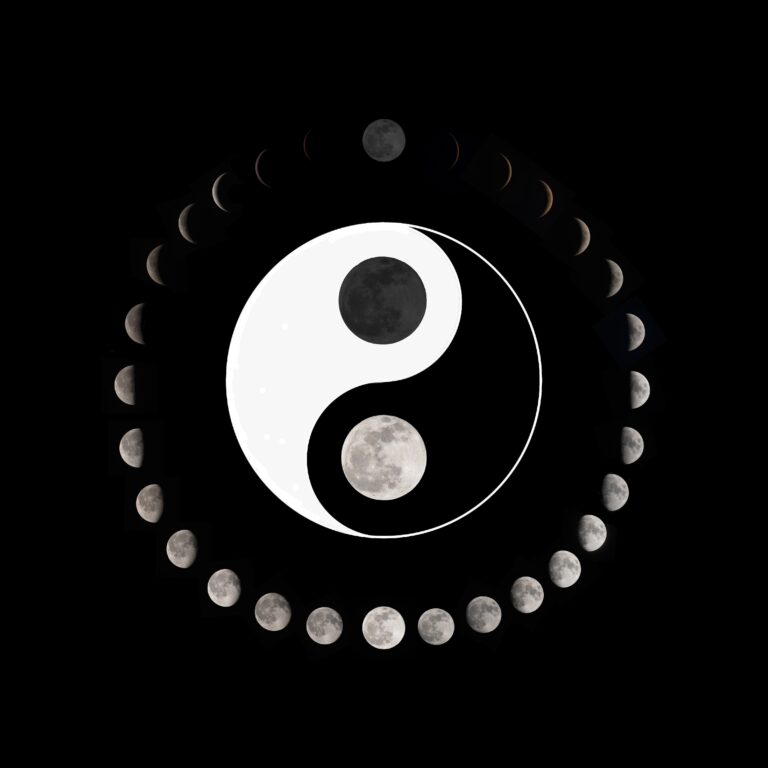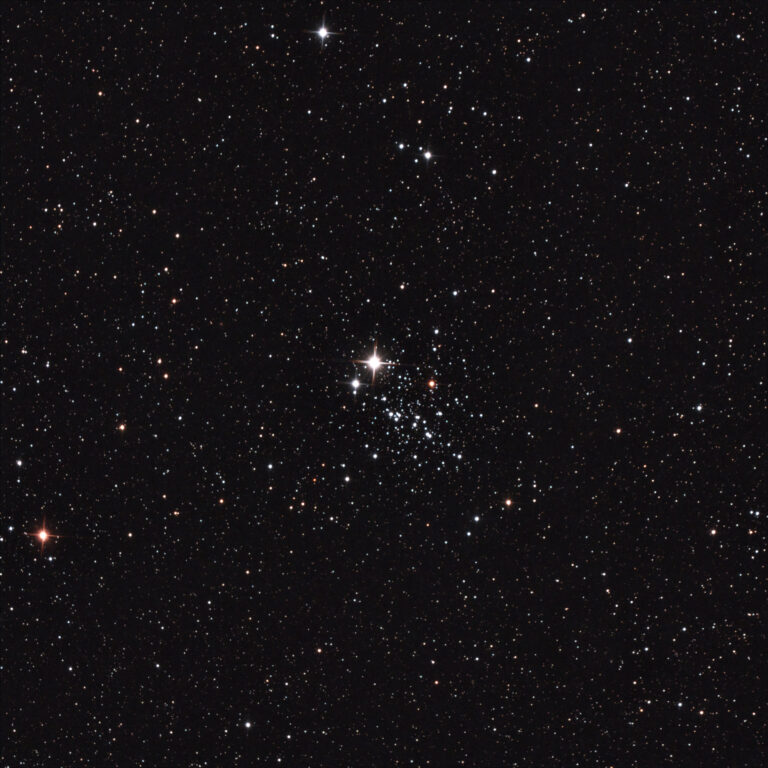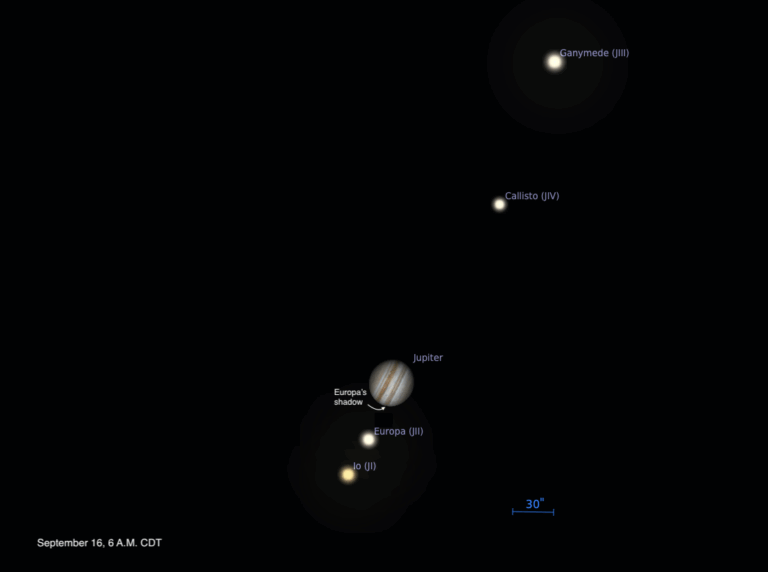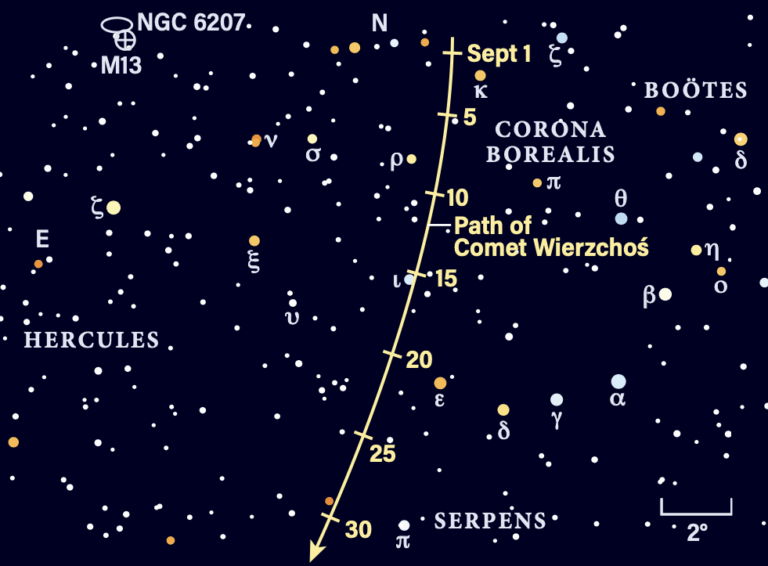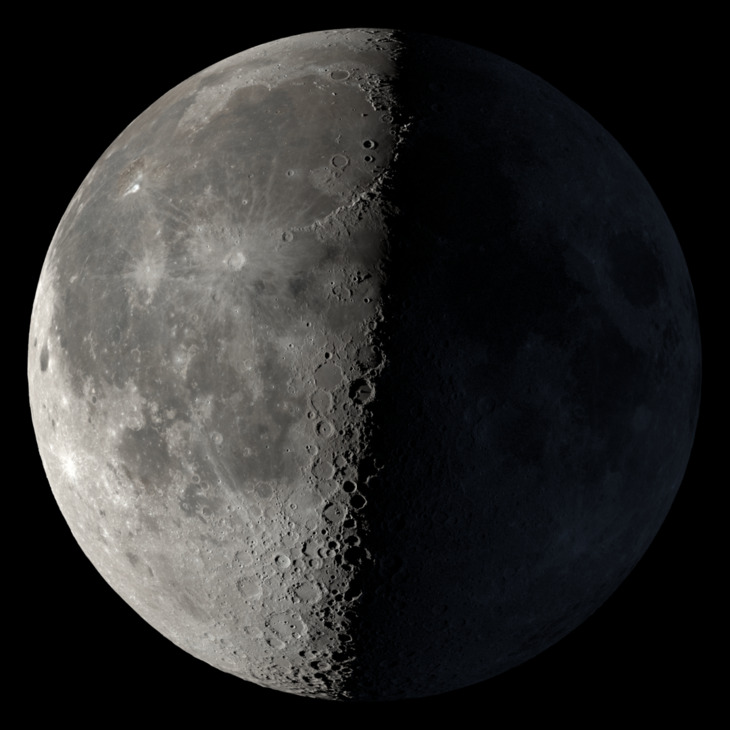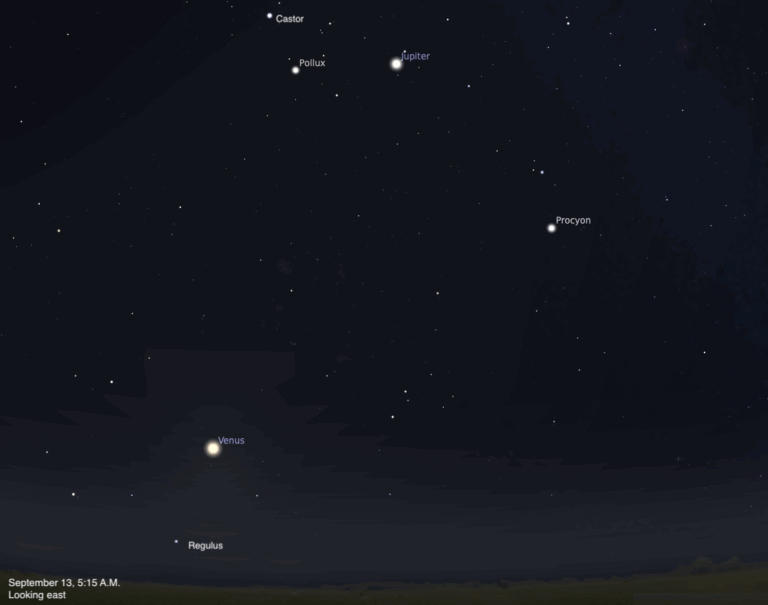Key Takeaways:
When the subject of observing meteor showers comes up, it’s not unusual for amateur astronomers to target the Perseids, which peak in August. Northern Hemisphere summer nights are warm, schools are mostly not in session, and family vacations (many to areas with dark skies) are on everyone’s mind.
What you may not know, however, is that the best time for viewing meteor showers occurs at the end of each calendar year and the beginning of the next. In fact, the two months from November 2 to January 10 contain four Class I showers, including the two richest of the year. And for the three that happen in 2020, the light scattered across the sky by the Moon won’t be a problem.
The American Meteor Society divides meteor showers into three classes. Class I are those whose zenithal hourly rate (ZHR) equals 10 or more. The ZHR is the number of meteors a single observer would count at a dark site if the sky were clear and moonless, and if the observer were looking at the zenith (the overhead point). Class II showers have ZHRs between 2 and 10. Class III showers have variable rates. Although some have produced large displays, such activity is rare. Most Class III showers produce a single meteor per night (not per hour).
Collisions ahead
Each year, as our planet orbits the Sun, it passes through streams of tiny dust-size particles of rock and metal. Astronomers call these particles meteoroids when they are floating freely in space, but when they burn up in the atmosphere, they become meteors. If, by chance, they survive the fiery ordeal of passage through our thick blanket of air to land on the ground, they are then labeled meteorites. No meteorites come from meteor showers — the particles are too small.
Most meteor showers originate from comets. When a comet swings around the Sun, our star’s heat boils off ice from the surface and, with it, trapped dusty debris. When the orbit of the debris trail crosses Earth’s orbit, we experience a meteor shower. That said, the two exceptions to the comet rule are on this list: December’s Geminids originate with dust from the asteroid 3200 Phaethon. And January’s Quadrantids’ parent body is the near-Earth asteroid 196256, also known as 2003 EH1.
If you trace all the meteor trails from a particular shower backward, they meet within the boundaries of a constellation. Astronomers name all meteor showers for the constellations they appear to originate in. Trace all Leonids backward, and they’ll meet in Leo the Lion. The point of origin, which marks the direction in space toward which Earth is heading, is called the radiant.
OK, that rule seems fine until we get to the Quadrantids. After all, there’s no constellation whose name begins with Q. Ah, but there was. As late as the early 20th century, celestial mapmakers placed the constellation Quadrans Muralis (the Mural Quadrant) in the sky near Boötes. And because the meteor shower was named before the constellation became defunct, the shower is still the Quadrantids.
To help you get ready for 2020’s late-year fireworks, I’ll discuss the four major upcoming meteor showers. Please note that for each of these, you’ll see more meteors per hour after midnight. That’s when Earth has rotated enough so the observer’s location is heading into the meteoroid stream. Before midnight, the particles have to catch up to us to enter the atmosphere.
The Leonids
Our first show begins with a whimper around November 6. Actually, all meteor showers begin slowly and build to a peak when Earth passes through the thickest part of the particle stream.
The Leonids peak in the early morning hours of November 17, when the Moon is a scant two days old. That means its slender crescent will set soon after sunset on the 17th and none of its light will make meteors difficult to see. The radiant at the peak of activity lies at right ascension 10h15m and declination 21.8° north, a bit south and west of the magnitude 3.4 star Zeta (ζ) Leonis.
The Leonids are notable for producing the fastest meteors of any shower. They blaze through the upper atmosphere at 157,000 mph (252,700 km/h). And, although the normal ZHR is 15, every 33 years Earth passes through an exceptionally thick part of the stream. This last occurred in 1999, when numerous observers — including me — witnessed a count into the hundreds per hour and a spectacular rain of fireballs (meteors bright enough to cast shadows).
The Geminids
The second major shower in our time frame begins December 4 and goes through the 17th, with the peak this year in the early morning hours of the 14th. That’s fortuitous, because New Moon in December occurs around noon on that date. The radiant’s position will then be R.A. 7h33m and Dec. 32.4° north, quite close to magnitude 1.6 Castor (Alpha [α] Geminorum).
Geminids, like the members of the following two showers on this list, are slow moving (especially compared to the Leonids), even if 78,000 mph (125,500 km/h) doesn’t seem all that sluggish. The shower is probably the most consistent performer year to year, so if you can only view one shower on this list, make it the Geminids.
The Ursids
The third shower on our list barely qualifies for Class I status. It also has a short duration, only six days. It begins December 17, ends the 26th, and peaks the 22nd. Its radiant on the peak date lies in the constellation Ursa Minor the Little Bear at R.A. 14h40m and Dec. 75.4°. That places it only 1.5° from 2nd-magnitude Kochab (Beta [β] Ursae Minoris). The Moon reaches First Quarter on the 21st, which is fine because it will set around local midnight.
Ursids move through Earth’s upper atmosphere even more slowly than Geminids. This shower’s particles travel at 73,600 mph (118,400 km/h). Because the meteoroid stream is so narrow, the only real time to catch the Ursids is during the morning hours of the maximum.
The Quadrantids
Our final shower begins December 28, 2020, and ends January 12, 2021, with its peak January 4. The radiant on that date lies at R.A. 15h18m and Dec. 49.5° north. That’s about 14° west of magnitude 1.9 Alkaid (Eta [η] Ursae Majoris), the star at the end of the Big Dipper’s handle. Unfortunately, that night the Moon will be a waning gibbous. It rises some five hours after sunset, but still more than an hour before midnight, when the best meteor display will start. If you plan to observe this shower, position yourself facing west, away from the Moon.
Quadrantids travel at 93,600 mph (150,600 km/h). And although the ZHR of the shower is 120, most of the meteors glow at 3rd magnitude or less. So, pick a dark observing site. That said, fireballs often pepper the display.
One more note: The Quadrantids usually offer a short window of opportunity for observers, on the order of six hours. So, head out at the peak and don’t worry about the other nights.
Lots to see
As I hope I’ve proven, observing worthy meteor showers can take place at times other than August. You don’t need a telescope, although binoculars will let you observe smoke trails better and longer. Take a reclining chair, warm clothes, a blanket, and a warm drink. Remember, you won’t be moving around, so you will get cold. Most of all, have fun. Observing doesn’t get much easier than lying back and watching stars fall from the sky.





